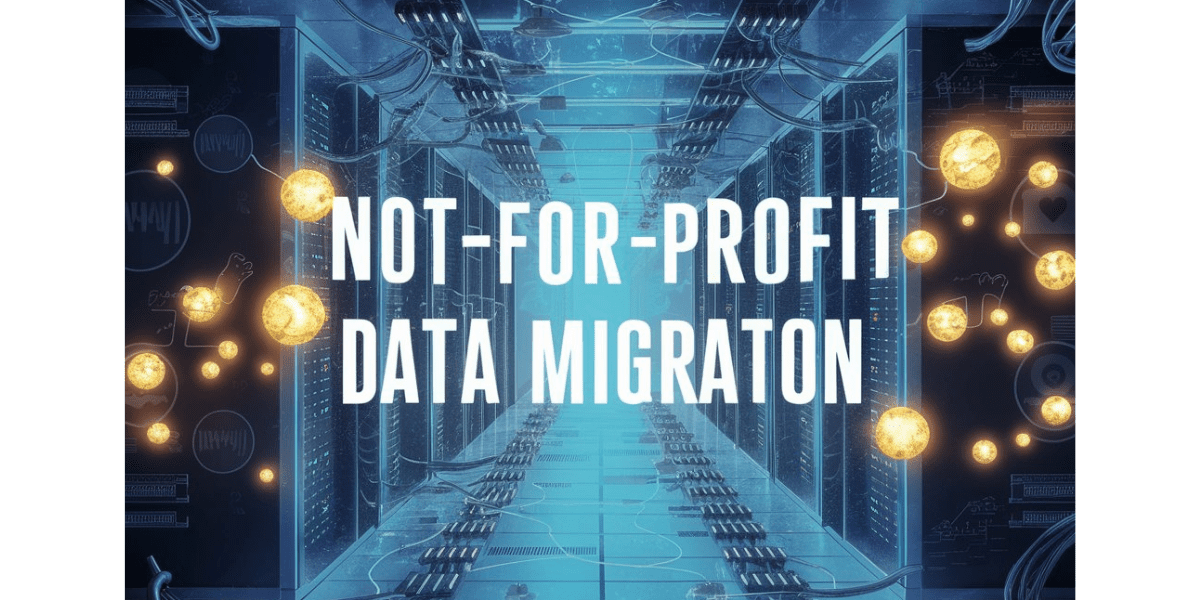Background
The Federal Government requires all Not-For-Profit organisations (NFP’s) who receive funding to comply with a plethora of rules and reporting regulations.
As the government shifts towards a clearer focus on funding and evaluating programs based on outcomes, NFP’s are under pressure to present stronger evidence basis for the effectiveness of their work. In addition to external reporting demands, NFP’s require internal reports to monitor operations, performance and resources. Given NFP’s are often national, provide disparate services and self-supported, the collection and reporting of meaningful and timely data is essential but often difficult.
In addition to external reporting demands, NFP’s require internal reports to monitor operations, performance and resources. Given NFP’s are often national, provide disparate services and self-supported, the collection and reporting of meaningful and timely data is essential but often difficult.
The Challenge
With a legacy of helping Australians in need, our non-for-profit client is an enduring presence in the fabric of Australian life and one of oldest NFP’s in the country. They faced a genuine challenge in the reporting of a single source of truth across the entire organisation. Decisions makers were unable to respond to customer feedback, identify non-effective business processes and reporting was unnecessarily complicated.
For NFP’s these problems have a human face and directly impact those who need help most: The homeless and social housing; families and children; youth; mental wellbeing and disability support; alcohol, drugs and other dependencies; employment, skills and disability.
Over several years, our client had made several attempts to address these issues by undertaking Data Warehousing and Business Intelligence projects. However, they were planning and design heavy, which left precious little resources for implementation. The net result of little visible/ tangible progress.
Our client’s brief was thorough, but the message was clear. Irrespective of the details or tool, location or platform, data must be available today, as well as into the future, and meet reporting needs for both internal and external stakeholders.
The Solution
Antares approached the engagement by working closely with internal stakeholders to develop a Data Warehousing /Business Intelligence system that would meet the organisation’s needs and requirements.
Key Features of the Data Warehouse System implemented
- Data integration from multiple internal systems creating a confirmed and consolidated version for all business data entities.
- Using the Antares ETL Framework:
- Implement corporate data repositories
- A set of metadata driven tools auto-generated the different components (databases, tables, views, stored procedures and ETL modules) of the solution
- Using the Data Vault architecture:
- Being able to accept changes to requirements and absorb these changes in a manageable way
- Providing a flexible and extensible platform (agility) to support future requirements
The Positive impact of the Data Warehouse/Business Intelligence System
For the client to qualify the project a success, Antares’ solution needed to deliver on completion and continually, even after project completion. Antares hit the mark and are proud of the positive and ongoing impact our work has had:
- The client can fulfil the Government reporting responsibilities acquired when accepting the government’s contract to provide services and report on those activities.
- The data platform, in its current state, can support reporting requirements for both internal and external users
- For the first time, BI and Analytics are now possible at NFP decision makers! The Data Platform has enough context of data to support reporting for the core processes of the business, and any extensions can be easily implemented.
- The implementation approach is in place, so any new projects can be easily implemented by replicating the process and approach.
- The technology is in place to help accelerate the implementation phase. Prototyping is possible; feedback is captured and incorporated early in the process. All of this, resulting in a solution that delivers in alignment with the organisation’s requirements
Technology
- Antares Framework: Metadata Driven Approach for a DW/BI Implementation
- Microsoft SQL Server (DB Engine, SSIS and SSRS)



